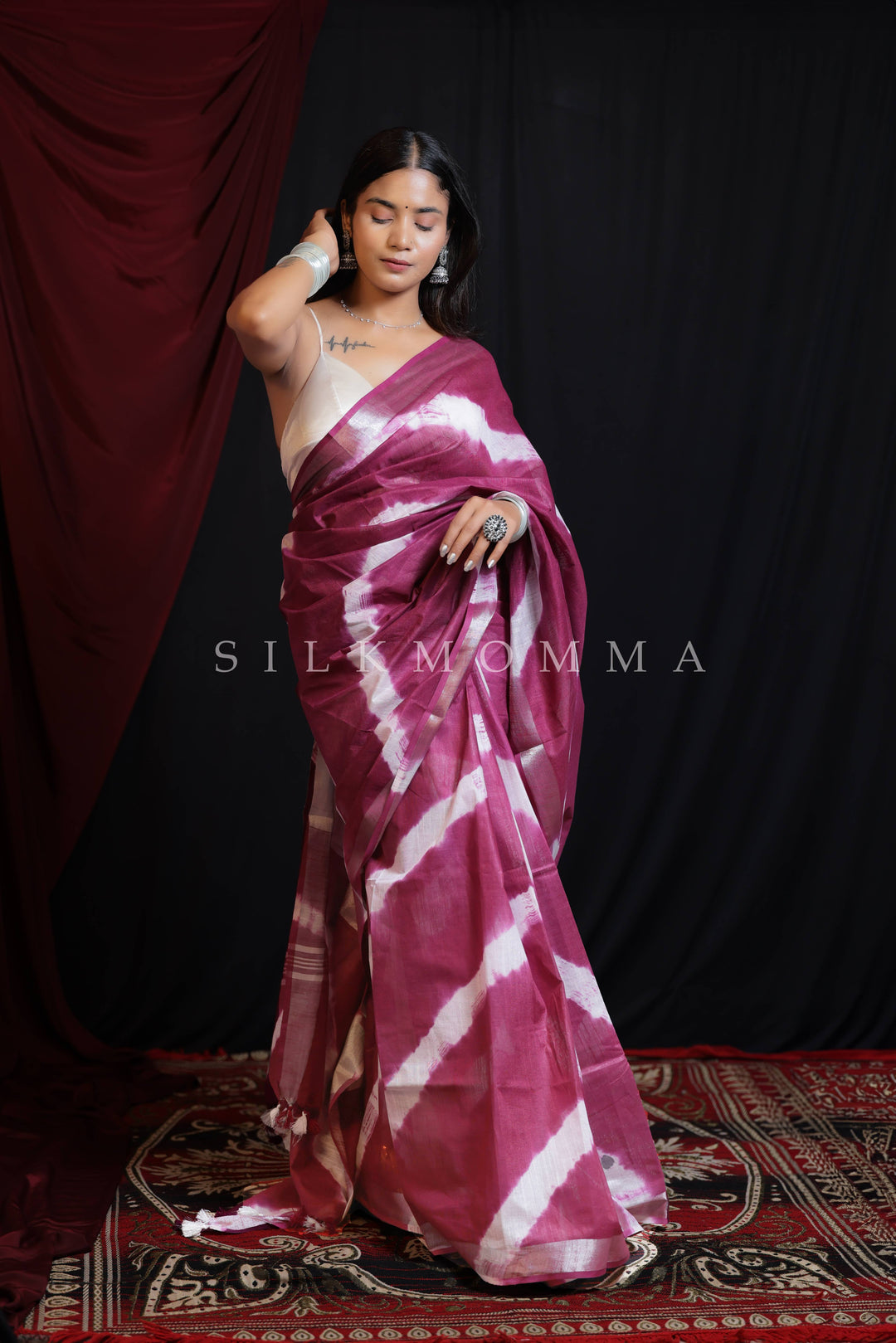Can Silk Be Dyed Magenta?

Fabric compatibility is crucial in fashion and sewing, affecting the outcome of any project. Understanding how different fabrics interact helps in achieving the desired look and feel. This article explores whether silk can be dyed magenta, providing insights into fabric compatibility and practical advice for sewing and caring for silk.
Compatibility Analysis
Yes, silk can be dyed magenta. Silk is a natural fiber known for its excellent dye affinity, allowing it to take on vibrant colors like magenta beautifully. The compatibility of silk with dye depends on several factors, including its texture, weight, and care requirements.
Silk’s smooth texture and lightweight nature make it ideal for absorbing dyes evenly, resulting in rich and consistent colors. Its natural fibers allow for a strong bond with dyes, ensuring durability and long-lasting vibrancy. However, care must be taken to use the correct type of dye and method to prevent damage to the fabric.
Fabric Properties Comparison Table
| Property | Silk |
|---|---|
| Fiber Content | Natural |
| Weight & Thickness | Lightweight |
| Breathability | High |
| Stretch & Elasticity | Low |
| Wrinkle Resistance | Moderate |
| Care Instructions | Hand wash, low iron |
| Durability | Moderate to high |
Benefits of Dyeing Silk Magenta
- Enhanced Visual Interest: Silk’s natural sheen enhances the vibrancy of magenta, creating eye-catching garments.
- Improved Comfort: Silk’s breathability and softness make it comfortable for all-day wear.
- Better Drape: The fluidity of silk allows for graceful movement in clothing, complementing the boldness of magenta.
- Cost-Effectiveness: Dyeing silk at home can be more economical than purchasing pre-dyed fabric.
- Seasonal Versatility: Magenta silk can be styled for both summer and winter, depending on the garment design.
- Design Possibilities: The bold color offers numerous styling options, from elegant dresses to striking home decor items.
Potential Challenges
- Different Shrinkage Rates: Silk may shrink if not pre-washed before dyeing.
- Conflicting Care Requirements: Silk requires gentle washing and low ironing temperatures.
- Texture Clash: Ensure the dye used is suitable for silk to prevent texture changes.
- Seam Puckering: Use the correct needle and thread to avoid puckering when sewing dyed silk.
- Color Bleeding or Fading: Set the dye properly to prevent bleeding during washes.
Practical Solutions
- Pre-wash silk before dyeing to account for shrinkage.
- Use silk-specific dyes and follow instructions carefully.
- Test dye on a small fabric piece to ensure compatibility.
Sewing & Styling Tips
- Sewing Techniques: Use a fine needle (size 60/8 or 70/10) and silk thread for best results.
- Interfacing Needs: Use lightweight interfacing to maintain drape.
- Seam Finishing: French seams or rolled hems are ideal for silk.
- Pattern Selection: Choose patterns that highlight silk’s fluidity, such as flowy blouses or dresses.
- Styling Ideas: Pair magenta silk tops with neutral bottoms or use as accent pillows for a pop of color in home decor.
Care & Maintenance Guide
- Washing Instructions: Hand wash in cold water with mild detergent.
- Drying Recommendations: Lay flat to dry, away from direct sunlight.
- Ironing Tips: Use a low heat setting or steam gently.
- Stain Removal: Treat stains immediately with a gentle, silk-safe cleaner.
- Long-Term Care: Store in a cool, dry place to prevent damage.
FAQ Section
-
Can you wash silk and other fabrics together?
- It’s best to wash silk separately to prevent damage and color transfer.
-
Will silk shrink more than other fabrics?
- Silk may shrink slightly if not pre-washed; always test a swatch first.
-
What needle size should I use for sewing silk?
- Use a fine needle, such as size 60/8 or 70/10, to avoid damaging the fabric.
-
Can you mix silk and other fabrics in one garment?
- Yes, but ensure compatible care instructions and consider the overall design.
-
How do you prevent silk issues when dyeing?
- Use silk-specific dyes and follow instructions to avoid texture changes and color fading.
-
Is it okay to use silk for upholstery?
- Silk can be used for decorative upholstery but is not recommended for high-traffic areas.
-
What’s the best way to finish seams with silk?
- French seams or rolled hems provide a clean finish without adding bulk.
Understanding how to dye silk magenta and care for it ensures beautiful, long-lasting results. By following these tips and guidelines, you can enjoy the elegance and versatility of silk in your fashion and home decor projects.


Leave a Reply